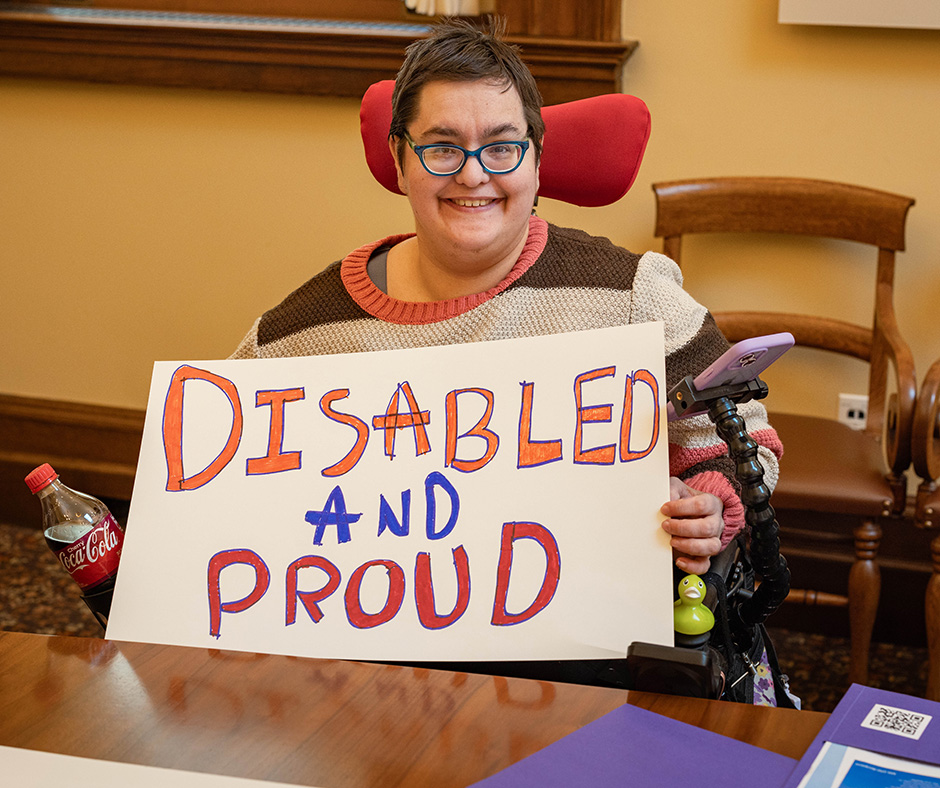 Every July, we celebrate Disability Pride Month and the anniversary of the Americans with Disabilities Act (ADA). Signed into law 34 years ago, the ADA was a watershed moment for disability civil rights in the United States.
Every July, we celebrate Disability Pride Month and the anniversary of the Americans with Disabilities Act (ADA). Signed into law 34 years ago, the ADA was a watershed moment for disability civil rights in the United States.
The ADA is undeniably a crucial law protecting people with disabilities in many areas of public life. But we need to recognize that access does not stop at the law. The ADA contains the bare minimum of accessibility standards. Metaphorically, these standards are the floor, not the ceiling. Too many public projects fail to meet even these basic guidelines (But that is a topic for another article.)
The ADA does not provide guidance on more abstract areas, such as how to create spaces that are inclusive and usable for actual people with disabilities. It’s not helpful to declare your building “ADA accessible” if you don’t understand the limitations of the standards.
The ADA is a good starting point, but we need to hold our buildings, parks, and playgrounds to a higher standard. We can do that by celebrating the places that succeed, upholding stellar examples, and demanding more of new construction and remodeling in our communities.
This July let’s celebrate the ADA and the guidelines that started us down the road to access and inclusion. Let’s also remember that we can—and should—strive to go above and beyond the minimum.